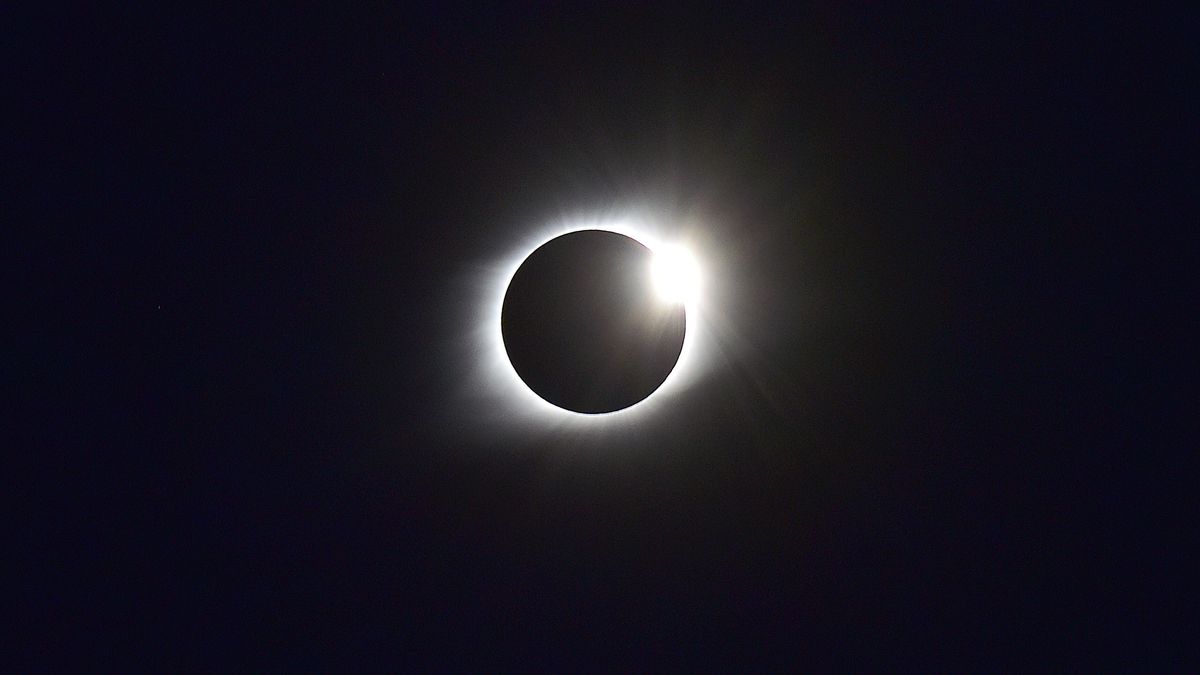Last week’s solar eclipse may have fascinated the minds of many as they witnessed it, but the science behind it leaves the mind open for even greater fascination.
Dr. Kapila Castoldi, an OU astronomy professor who spent 15 years researching as a particle physicist, witnessed the eclipse in Ann Arbor, which experienced 99% coverage, according to the Detroit Free Press.
Even for Castoldi, with her extensive background in physics and astronomy, the latter of which was her first love, the “scientific miracle” of the eclipse was something to behold.
“There’s so much behind it, that we don’t see and we need to understand,” Castoldi said. “Can you imagine 99% of the sun is covered? It should be pitch black, and somewhat colder air. But there was still plenty of light. That told me that the sun is something so enormous, that 1% of its light was enough to give plenty of illumination to the planet.”
That visible light that illuminated the planet during the eclipse is already only a small percentage of the light — and therefore energy — emitted by the sun, eclipse or not. A full sun only gives out 400 to 750 nanometers on the electromagnetic spectrum, according to Astronomy.com.
“A pillow is light, it’s life and fluffy. But as you start adding up one pillow above the other and above the other, in the end, they squeeze,” Castoldi said. “So these gasses in the interior of the sun are squeezed together so that the sun looks opaque. Still, it’s all gas. As you get closer and closer to the interior, from the Earth, you cannot see [those molecules].”
The next solar eclipse to cross the United States is set for 2044. There’s no ambiguity, as the science behind these predictions is decades old.
“The science started a long, long time ago,” Castoldi said. “We know very well now the orbit of the Earth, the sun and the orbit of the moon around the sun. It takes, of course, very powerful computers to do these calculations, but they are possible.”
These calculations prove that the moon’s orbit around the Earth is elliptical, which means that annular eclipses are more common than total eclipses. An annular eclipse is when only a “ring” shadows the sun.
For a total eclipse to occur, everything has to be “perfect,” as Castoldi puts it.
This time it was.
The joy it brought to people is what Castoldi and others in the department call “teachable moments.”
“Students are out in the grass with their eclipse glasses, enjoying the moment and it’s this nice phenomenon,” Castoldi said. “[In teaching] if you can understand our close-by star, you can understand everything that is going on in this universe.”
Moments such as that one are why Castoldi shifted to teaching after 15 years of research. While the eclipse may have led many to become informed on the phenomenon, astronomy courses are provided by OU year-round.
Students looking to register for astronomy courses such as PHY 1040 and 1050, please sign up through their MySAIL portal.




